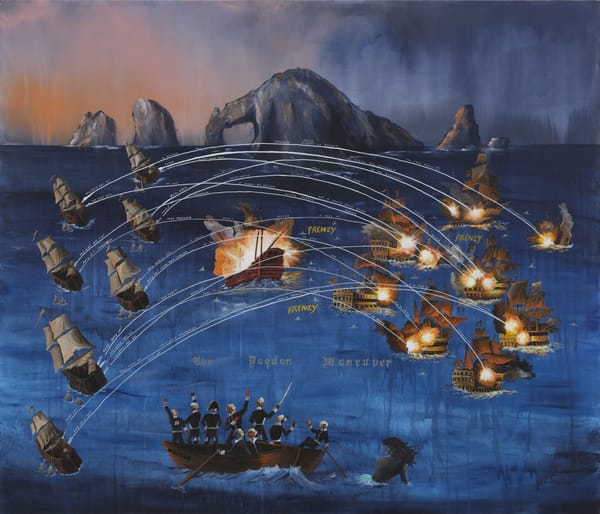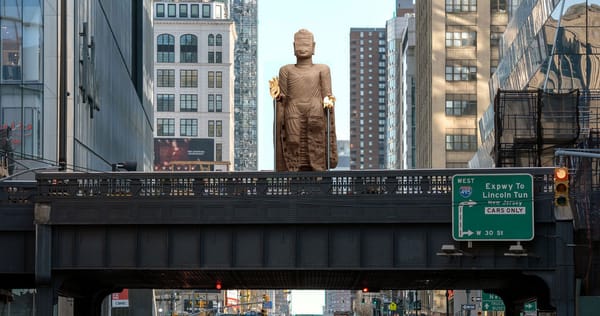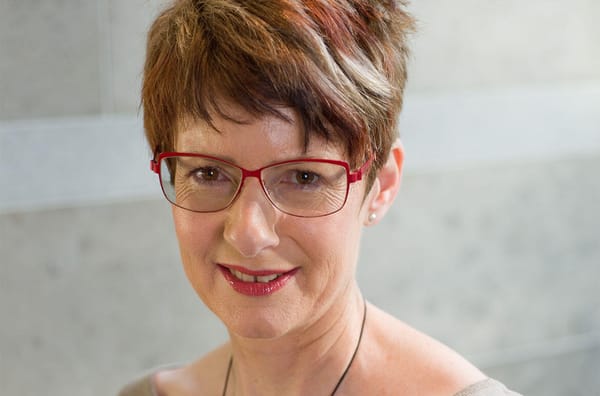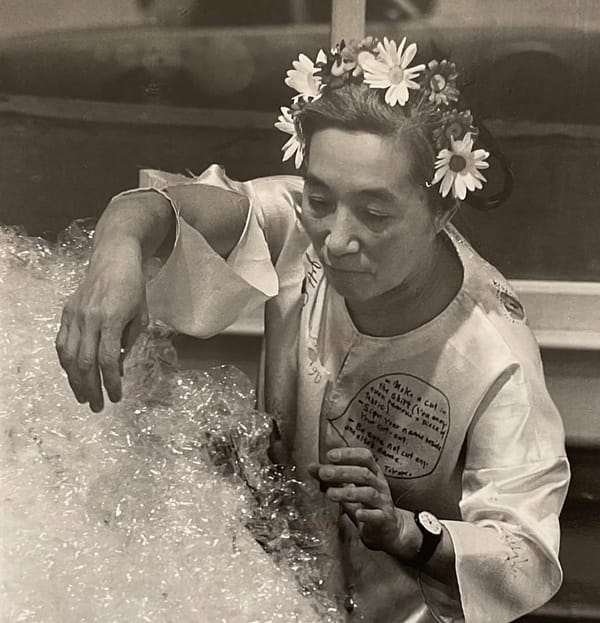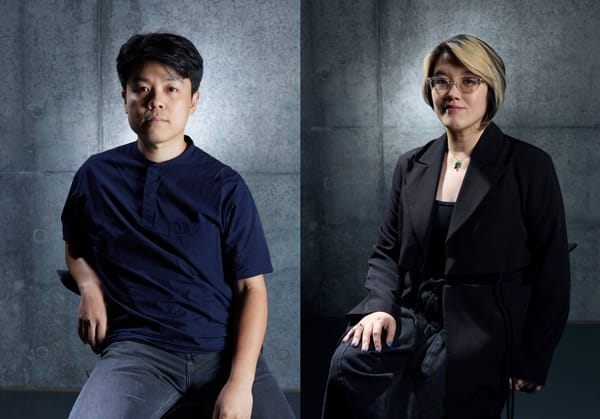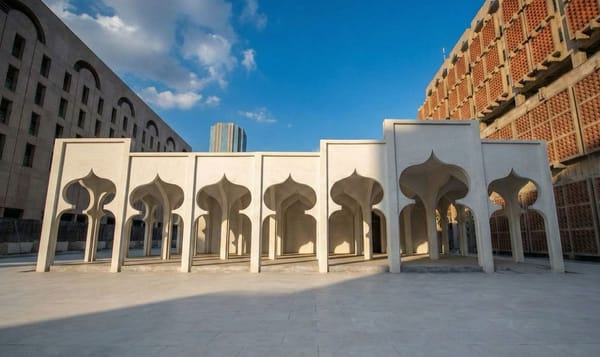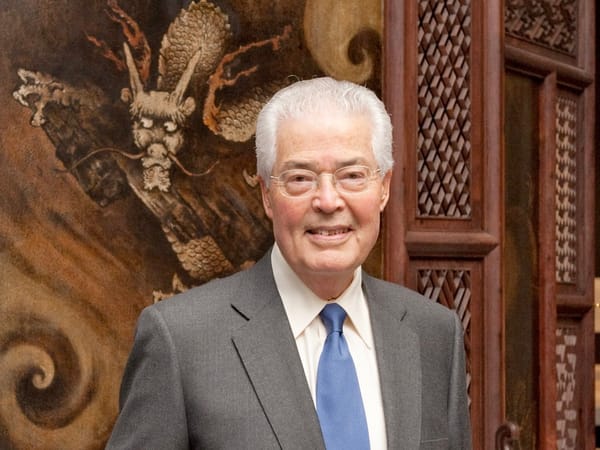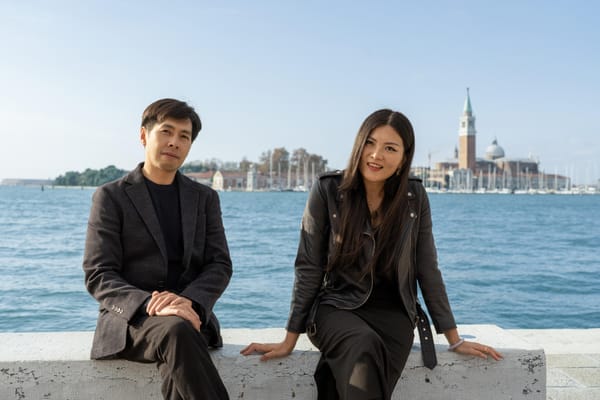News
Weekly News Roundup: November 4, 2022
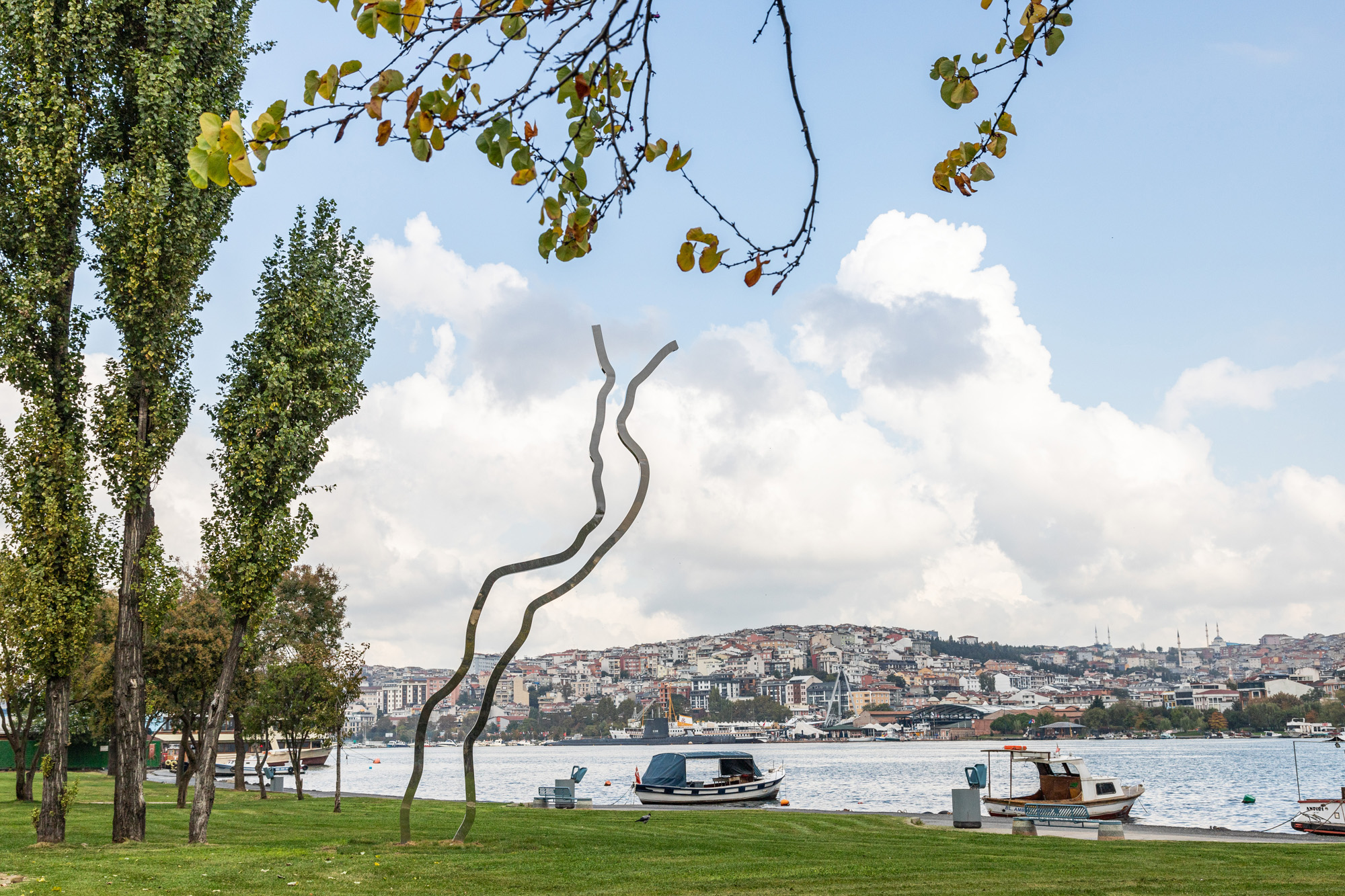

Ayşe Erkmen Public Sculpture Unveiled in Istanbul
On October 24, on the bank of the Golden Horn, an inlet dividing the historical peninsula from the European side of Istanbul, the Istanbul Foundation for Culture and Arts (İKSV), organizers of the Istanbul Biennial, revealed a permanent sculpture by Turkish artist Ayşe Erkmen, Golden Horn in Golden Horn (2022). Located in Akşemsettin Park between the Balat Hospital and the ferry dock, the sculpture comprises two metallic prongs that catch the light at different times of the day, reflecting the Golden Horn inlet behind it, while framing the scenery as boats and people pass by. Erkmen, whose works are spatial interventions that traverse the boundaries of objects, installations, and photography, shared how she took inspiration from the shape of the famous waterway: “The interesting shape of the Haliç [“Golden Horn” in English] reminds me of a ship, a gondola or a strangely shaped boat, even smoke . . . This shape is actually a contour, an outline. I wanted to fill in this line, create a place, a space, and position it on the Golden Horn.” Since 2017, each edition of the Istanbul Biennial has commissioned an artist to present a permanent artwork in a public space.
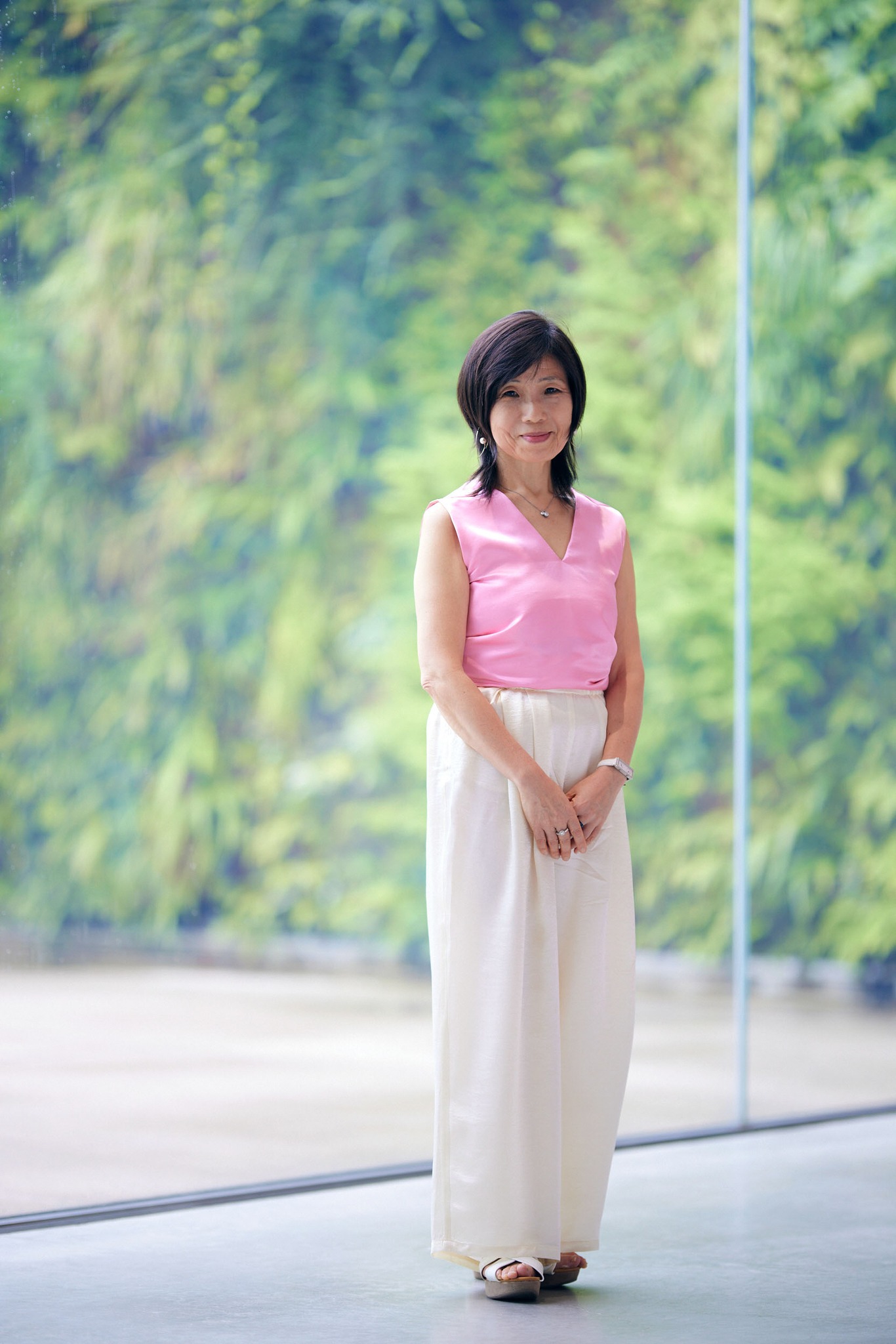
Yuko Hasegawa to Lead New Okayama Art Festival
A new art festival named Forest Festival of the Arts Okayama will open in the northern area of the Okayama prefecture in fall 2024. Helmed by artistic director Yuko Hasegawa, the current director of the 21st Century Museum of Contemporary Art, Kanazawa, the Forest Festival will take place across 12 old towns and villages threaded by the ancient mountain trail Izumo Highway, which connects Yamato City and Izumo City, and aims to rediscover the many “blessings” offered by the forest. Historically shukuba (post station) towns flourished in this region, which preserves its heritage in traditional architecture, craftsmanship, and performance art. A renowned curator with years of experience in curating exhibitions both inside and outside of Japan, Hasegawa has participated in the organization of festivals in Shanghai, Sao Paulo, Sharjah, Moscow, and most recently, Thailand.

Chinese Canadian Museum Announces CEO and Inaugural Program
On October 26, the Chinese Canadian Museum (CCM) in Vancouver’s Chinatown announced that it has appointed Melissa Karmen Lee as its inaugural chief executive officer. From 2016 to 2019, Lee was on the founding team that launched Hong Kong’s Tai Kwun Centre for Heritage and Art, serving as the education and public programs curator. After returning to Vancouver, she worked as the director of education and public programs at the Vancouver Art Gallery, before taking up the position at the CCM. The first of its kind in Canada, with a mission to celebrate local Chinese Canadian heritage, CCM has recently received a CAD 1.1 million donation (USD 804,000) on November 1 from its board chair Grace Wong and her husband Richard K. Wong and family. CCM’s inaugural exhibition, “The Paper Trail,” curated by Catherine Clement, will open on July 1, 2023, and commemorate the centennial of the Chinese Exclusion Act that prohibited Chinese immigration until 1947.
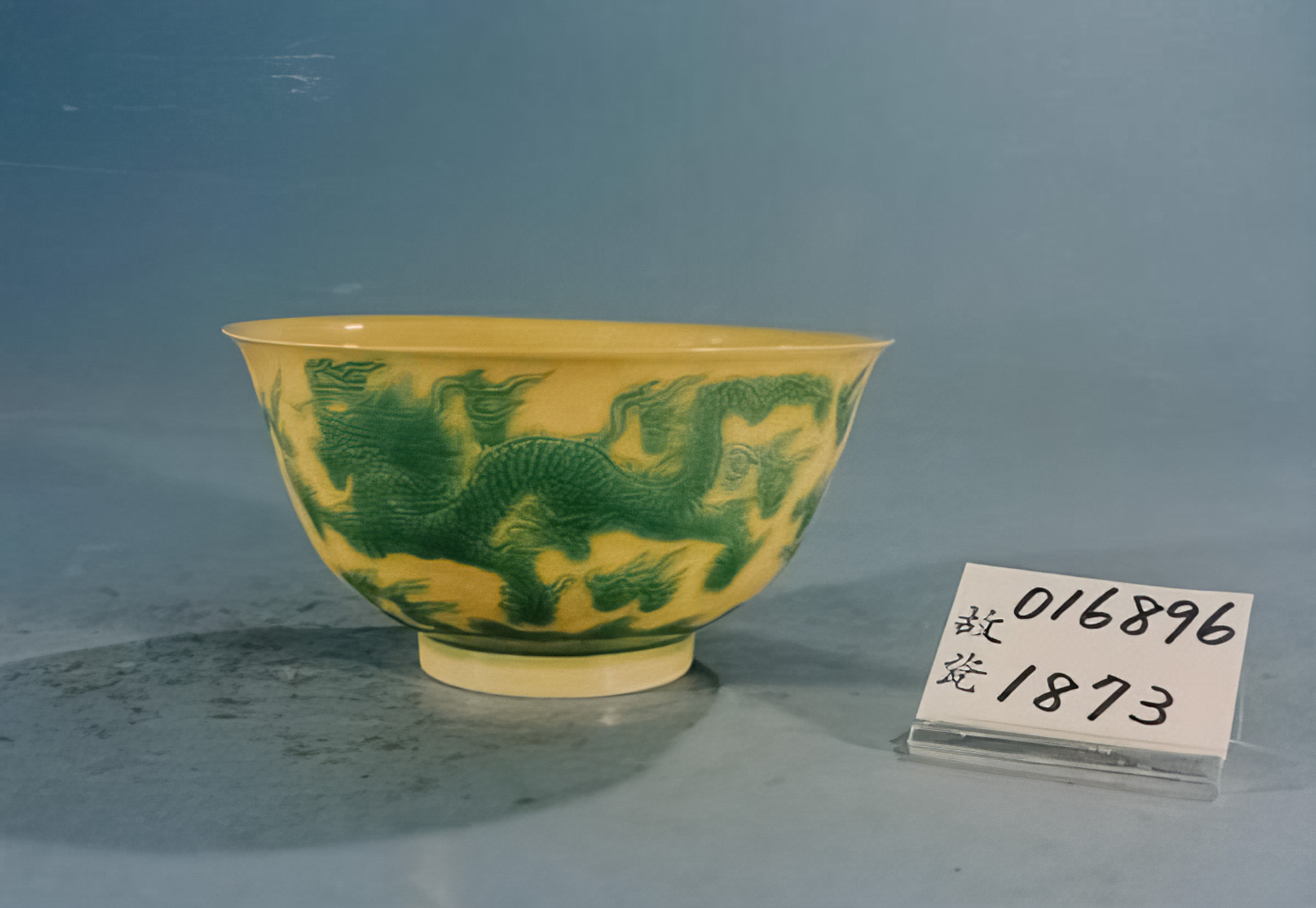
Taipei’s National Palace Museum Breaks Valuable Chinese Artifacts
On October 28, Taiwan opposition legislator Chen I-hsin revealed that three Ming and Qing dynasty artifacts from the collection of Taipei's National Palace Museum (NPM) were broken over the past 18 months. During the legislative hearing, Chen claimed that museum director Wu Mi-cha attempted to hide evidence by instructing his staff that no records, such as inspection notes and paperwork, be made available about the artifacts’ mishandling. However, Wu strongly denied the allegation, asserting that precautions were taken to prevent tampering with the evidence while the breakages were investigated. According to Wu, the objects—two bowls and a dish from the Hongzhi, Kangxi, and Qianlong periods respectively—were classified as “general antiquities,” the lowest classification of cultural heritage, which is why no formal notification to the culture ministry or the public was issued. While some media outlets estimated their value at USD 77 million, Wu said the value “way lower” and vowed that the NPM’s handling and storage methods would be improved by “end[ing] the ‘outdated’ practice of storing multiple items in one box and replace the cartons with larger chests.”
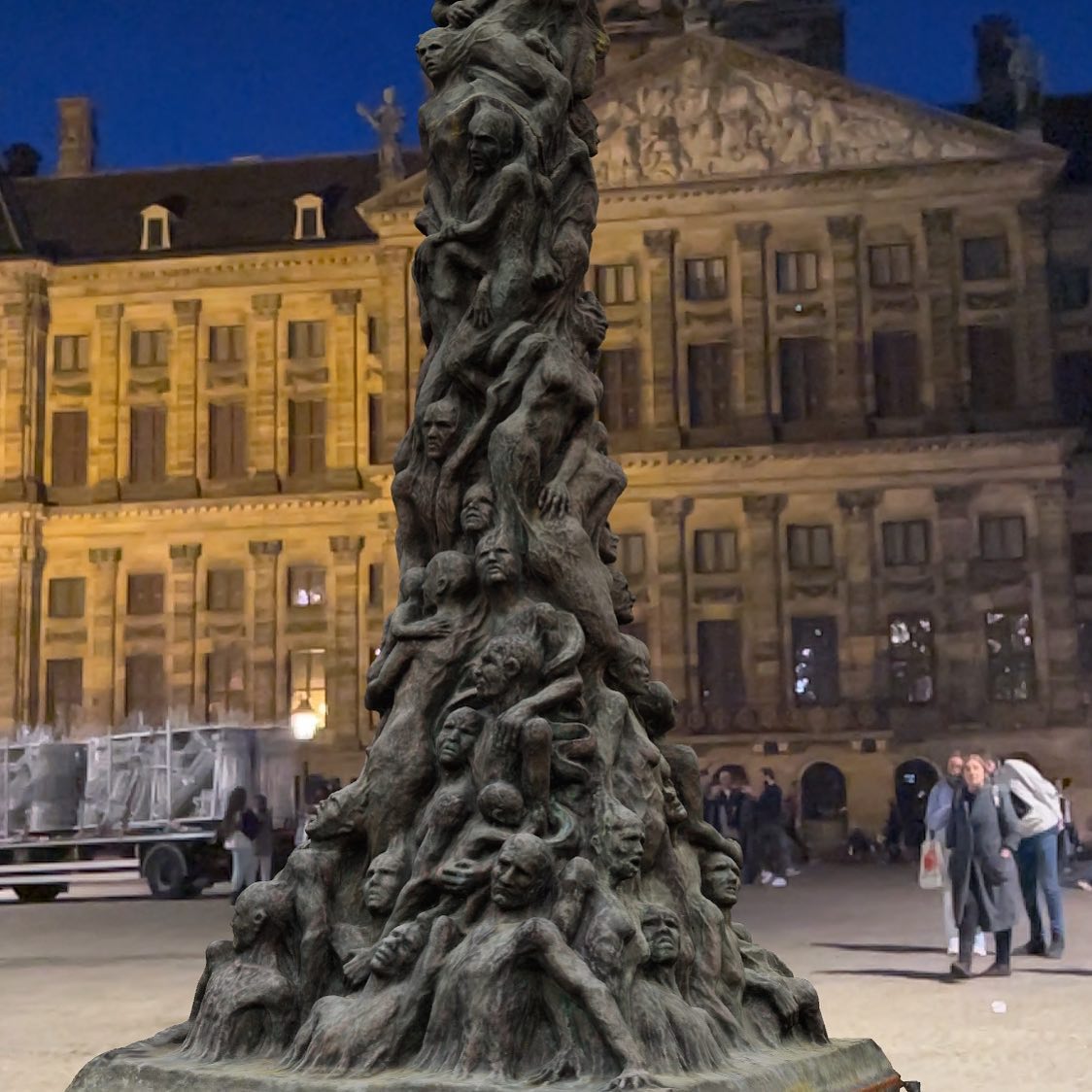
Sculptor Urges the University of Hong Kong to Return the Pillar
Nearly one year after the University of Hong Kong (HKU) removed Danish sculptor Jens Galschiøt’s eight-meter-tall Pillar of Shame (1996), which memorizes the victims of the 1989 Tiananmen Massacre in Beijing, the artist has initiated a social-media campaign dubbed #ReturnThePillar, urging HKU to return the work. The launch took place at a gathering organized by NGO Netherlands for Hong Kong on October 26 in Amsterdam. The artist invites people around the globe to participate in the event by scanning a QR code that allows them to take AR photos featuring the Pillar in different sites of the world or to create 3D-printed replicas of the Pillar. On the night of December 22, 2021, HKU secretly dismantled and removed the sculpture from the campus, citing concerns over national security. Since then, Galschiøt has negotiated with the representatives of HKU multiple times, yet the university avoided giving the artist an answer about the sculpture’s condition and has stored the parts in an unknown warehouse.

Art Basel Sees Blockchain Building a Better Art Industry
Art Basel and its parent company MCH Group announced the establishment of a blockchain ecosystem called Arcual, in collaboration with the Zurich-based nonprofit LUMA Foundation, which will enable galleries and artists to benefit from resale values. While still in its beta phase, the platform will provide smart contracts for artist and gallery royalties, custom payment terms, sales agreements, verified provenance, and digital certificates of authenticity. Outgoing global director of Art Basel, Marc Spiegler, said the project reflects “long-standing frustration around the fact that in today’s art world, artists often don't benefit from the growth of their own market, and neither does the gallery that provided early support for their careers.” Bernadine Bröcker Wieder, Arcual CEO, said that the service will “solve long-standing challenges and create new opportunities across the entire art community.”
